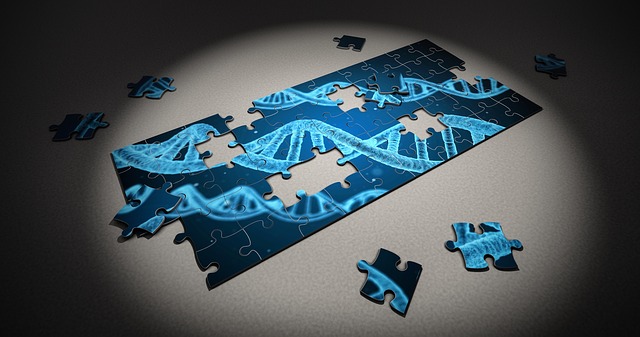Solving the genome puzzle
By Linda Geddes,
The Guardian
| 09. 21. 2018
Evie Walker sits on her mother’s lap, playing a game she never grows tired of: turning her mother’s hand over and over, stroking and examining it. When she takes a break and looks around, it is with the open-mouthed look of curiosity and awe that you see in many infants. Evie’s vocabulary currently consists of a repertoire of squawks and “mmm” sounds. In the past few months, she has begun to stand unaided for short periods – even taking a few steps in her walking frame – progress that fills her parents with immeasurable pride, not to mention hope for the future.
Despite her baby-like demeanour, Evie is eight years old. She has Pura syndrome, a vanishingly rare developmental disorder that didn’t officially exist until four years ago. Developmental disorders affect children’s normal mental or physical development. Before she was diagnosed, all Evie’s parents knew was that she suffered from “global developmental delay”: a vague umbrella term for a set of symptoms with myriad potential causes – some, but not all of them, associated with a heartbreakingly poor prognosis.
Yet thanks...
Related Articles
Following a long-standing CGS tradition, we present a selection of our favorite Biopolitical Times posts of the past year.
In 2025, we published up to four posts every month, written by 12 authors (staff, consultants and allies), some in collaboration and one simply credited to CGS.
These titles are presented in chronological order, except for three In Memoriam notices, which follow. Many more posts that are worth your time can be found in the archive. Scroll down and “VIEW...
By Jonathan Matthews, GMWatch | 12.11.2025
In our first article in this series, we investigated the dark PR tactics that have accompanied Colossal Bioscience’s de-extinction disinformation campaign, in which transgenic cloned grey wolves have been showcased to the world as resurrected dire wolves – a...
By Jenny Lange, BioNews | 12.01.2025
A UK toddler with a rare genetic condition was the first person to receive a new gene therapy that appears to halt disease progression.
Oliver, now three years old, has Hunter syndrome, an inherited genetic disorder that leads to physical...
By Simar Bajaj, The New York Times | 11.27.2025
A common cold was enough to kill Cora Oakley.
Born in Morristown, N.J., with virtually no immune system, Cora was diagnosed with severe combined immunodeficiency, a rare genetic condition that leaves the body without key white blood cells.
It’s better...




